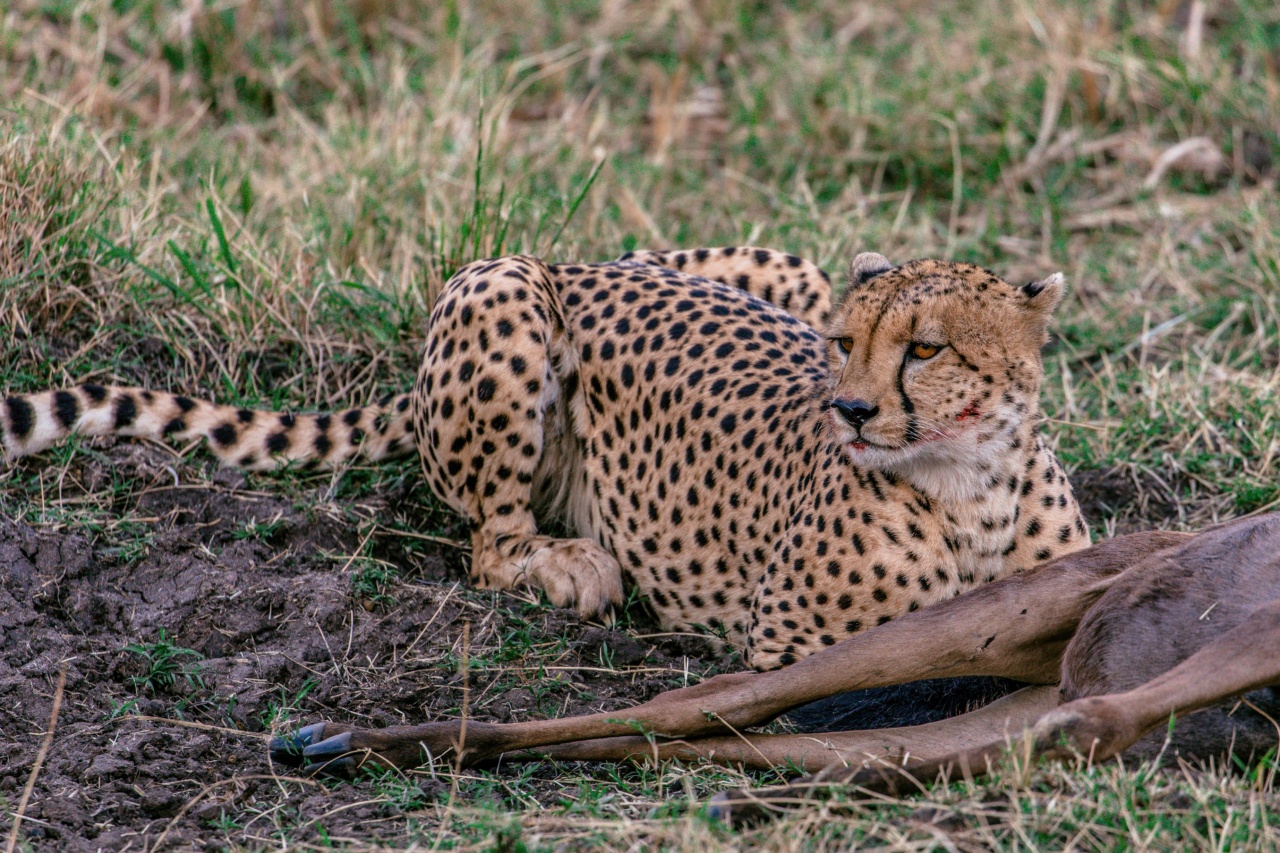When it comes to feline and canine biology, there are a lot of unusual aspects that people may not be aware of. From unique physical abilities to odd behavior patterns, these animals are full of surprises.
Let’s take a closer look at some of the most intriguing aspects of feline and canine biology.
1. Superior Senses
Felines and canines have incredibly developed senses that allow them to navigate the world around them in ways that humans cannot. For example, cats have exceptional night vision, thanks to a higher number of rods in their retina.
Canines, on the other hand, have a much greater sense of smell and can detect scents from great distances.
2. Unique Physical Abilities
Perhaps the most impressive physical ability of felines and canines is their speed. Many breeds of both animals can run at incredible speeds, often reaching up to 30 miles per hour.
Felines are also known for their incredible jumping abilities, with some cats being able to jump up to seven times their own height.
3. The Power of Purrs
Cats are known for their soothing purring sounds, but did you know that purring can actually have physical benefits for the animal? Studies have shown that the vibrations of a cat’s purr can help to reduce stress, promote healing, and even improve bone density.
4. Unusual Eating Habits
Cats and dogs both have unusual eating habits, such as eating grass or vomiting after meals. While some of these behaviors may seem odd to humans, they are actually instinctual and can serve important purposes.
For example, eating grass can help to promote digestion or provide necessary nutrients that may be lacking in their diet.
5. Pack Mentality
Canines are social animals that often live in packs. This pack mentality is evident in their behavior, as they can form strong bonds with both humans and other dogs.
Felines, on the other hand, are more solitary animals and typically do not require the same level of social interaction as canines do.
6. Exceptional Intelligence
While many people may underestimate the intelligence of felines and canines, these animals are actually quite intelligent and can learn a variety of complex tasks. Dogs are famously trainable and can learn a wide range of tricks and commands.
Cats, on the other hand, have excellent problem-solving skills and can often figure out how to navigate obstacles to get what they want.
7. Perfect Predators
Both felines and canines are excellent predators that have evolved over time to become incredibly efficient hunters.
Felines, in particular, are known for their ability to stalk their prey, using stealth and patience to get as close as possible before pouncing. Canines, on the other hand, often use their speed and stamina to chase down prey.
8. Odd Sleeping Habits
Anyone who has ever owned a cat or dog knows that these animals can sleep in some truly bizarre positions. But why do they do it? For cats, sleeping in unusual positions can help them conserve energy and stay alert to potential danger.
For dogs, it may just be a matter of comfort.
9. Mysterious Communication
Felines and canines communicate with each other in a variety of ways, but many of these methods are still a mystery to humans.
For example, cats use a variety of vocalizations to indicate their mood, but humans have a hard time distinguishing between them. Similarly, canines use a range of body language and vocalizations to communicate with each other, which can be difficult for humans to interpret.
10. The Joy of Companionship
Perhaps the most important aspect of feline and canine biology is their ability to bring joy and companionship to humans.
Whether it’s snuggling up with a cat on a cold winter day or playing fetch with a dog on a warm summer afternoon, these animals have a special ability to provide comfort, entertainment, and love to those who care for them.






























